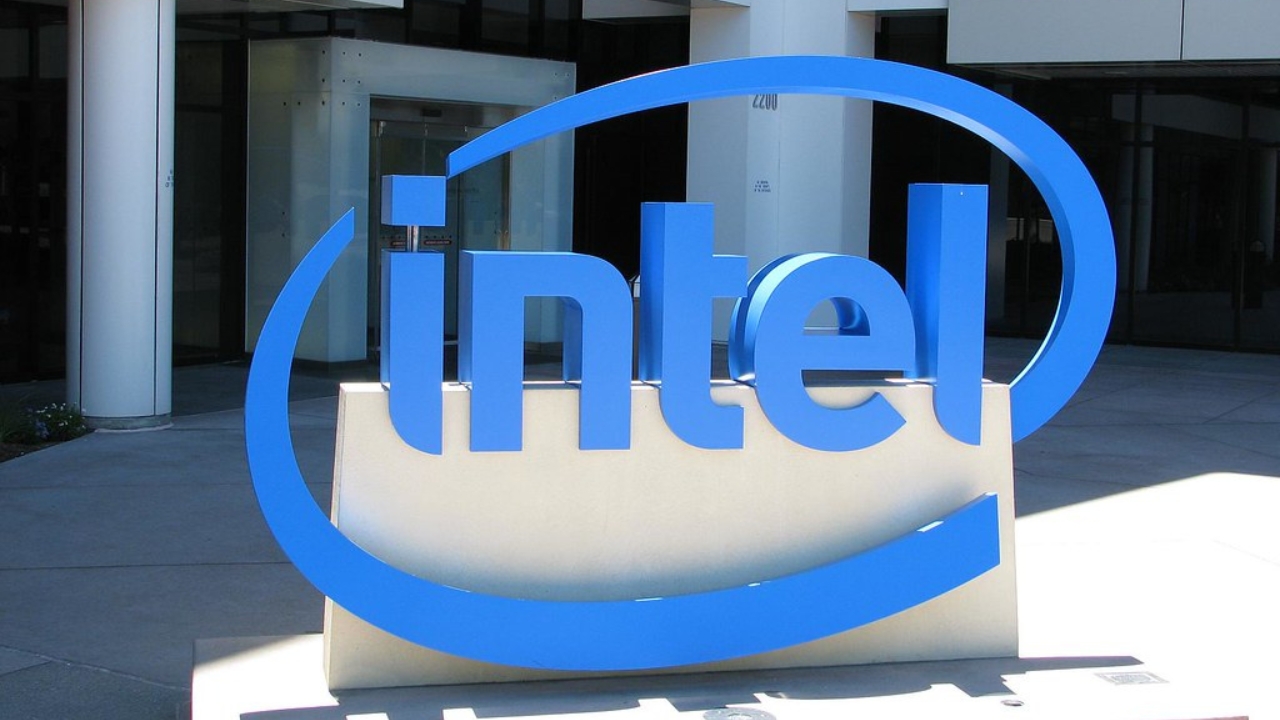Intel layoffs could affect more than 20% of its workforce, an alarming figure that demonstrates Intel’s deep internal transformation as it fights to return to the leading edge of the semiconductor market. Although it’s not confirmed, sources from insiders as well as analyst reports suggest Intel will cut approximately 21,000 positions across the globe. This announcement is coming on top of Intel’s previous announcement of layoffs that took place in August of 2024. At the time, approximately 15,000 employees left Intel’s business. If this is the case, these cuts will rank as one of the largest reductions in workers in the history of Intel has ever witnessed.
The looming job cuts are expected to largely target non-engineering roles. That includes departments like sales, marketing, finance, human resources, and other support functions. While painful for those involved, the decision appears to reflect a shift in Intel’s priorities—a clear push to focus more tightly on its core mission: building world-class chips and becoming a leader in the foundry business. Engineering and manufacturing divisions, particularly those directly involved in chip development and production, are reportedly being shielded from the worst of the reductions.
Intel’s strategy under new CEO Lip-Bu Tan, who took over following Pat Gelsinger’s departure, is increasingly focused on transforming the company into a leaner, more agile operation. Lip-Bu Tan is no stranger to the semiconductor world. As the former CEO of Cadence Design Systems and a long-time investor in chip startups through Walden International, he brings a sharp, engineering-focused vision that many insiders say Intel has long lacked. This restructuring, drastic as it may seem, appears to be part of a bigger plan to realign the company’s structure with its innovation goals.
Intel layoffs that are this severe can indeed be devastating. They cause ripples throughout families, communities, as well as whole tech ecosystems. The Intel leadership is certain that this change is required to keep the company relevant. The company has faced many challenges in the past, which range from delays and the 7nm process technology that it uses to make its chips, and increasing influence from rivals, including AMD and Nvidia. While Intel was at one time the best chip maker, things have changed rapidly, as competitors gain improvements in energy efficiency utilization, in addition to market share.
Intel layoffs could cut over 20% of the workforce as part of an aggressive bid to reduce costs and redirect investment into future-focused initiatives. One such initiative is Intel Foundry Services (IFS), a program designed to compete directly with giants like TSMC and Samsung in the semiconductor contract manufacturing space. Intel is planning to develop chips, not just for Intel but also for its customers. It’s a shift that, if it succeeds, will alter the world supply chain for semiconductors. This radical move will require massive capital investments and a brutal cutting of waste.
Sources close to the matter say that Intel has also been plagued by layers of corporate bureaucracy that have made decision-making sluggish and stifled innovation. In internal memos, leadership has reportedly called for a renewed “engineering-first” culture—code for fewer managers, more makers. If Intel is to be competitive with a fast-changing marketplace the company must be able to operate at the agility and speed of a start-up rather than the insanity of a giant corporation.
It’s worth noting that the current macroeconomic environment has also played a role in Intel’s decision-making. Technology companies all over the world are being impacted by the effects of inflation, declining consumer demand, and geopolitical tensions, which are disrupting the supply chain. For companies from Meta to Amazon, the news of job losses has become an everyday news item over the last two years. But Intel’s 20% reduction in its workforce is notable not just for its magnitude, but also because of the implications it carries: A fundamental shift in the way Intel thinks about Intel’s future.
Pressures on the financial side are growing. Intel’s revenues have been in decline however, while many analysts are confident regarding the long-term plans of Intel however, the consensus is that the upcoming months will be crucial. In the upcoming earnings report for Q1 scheduled for later in the week, is likely to give more details about the layoffs and what impact they’ll have on the balance sheet of Intel and its strategy.
At present, Intel has declined to speak about cuts. They have begun contemplating the consequences. The morale of the employees is, according to various accounts, has reached the lowest level in recent times, and several employees have begun to question the legitimacy of their position and how the company is being run. A few employees have made use of the internet to vent their anger and frustration. Many believe that the smaller Intel could result in an even more focused and cohesive company.
From an industry perspective, the move is being watched closely. Intel is not just another tech company—it’s a cornerstone of the global semiconductor ecosystem. What happens at Intel often ripples out to suppliers, partners, universities, and startups who depend on its ecosystem. Intel layoffs could cut over 20% of workforce, yes—but they also signal a seismic shift in how one of tech’s oldest giants plans to survive and thrive in the AI-driven, cloud-powered future.
In various ways, this event seems like the beginning of a new chapter. This is a very risky investment in changes, motivated by the brutal realities of competition and the necessity to regain confidence. If the restructuring of Lip-Bu Tan’s works this could be the start of a new era for Intel. One in which Intel reclaims its position in the market, not as just a player however, but also as an innovator in the renaissance of semiconductors.
But if it falters, these layoffs could be remembered not as a reset, but as a retreat.
Only time will tell.

